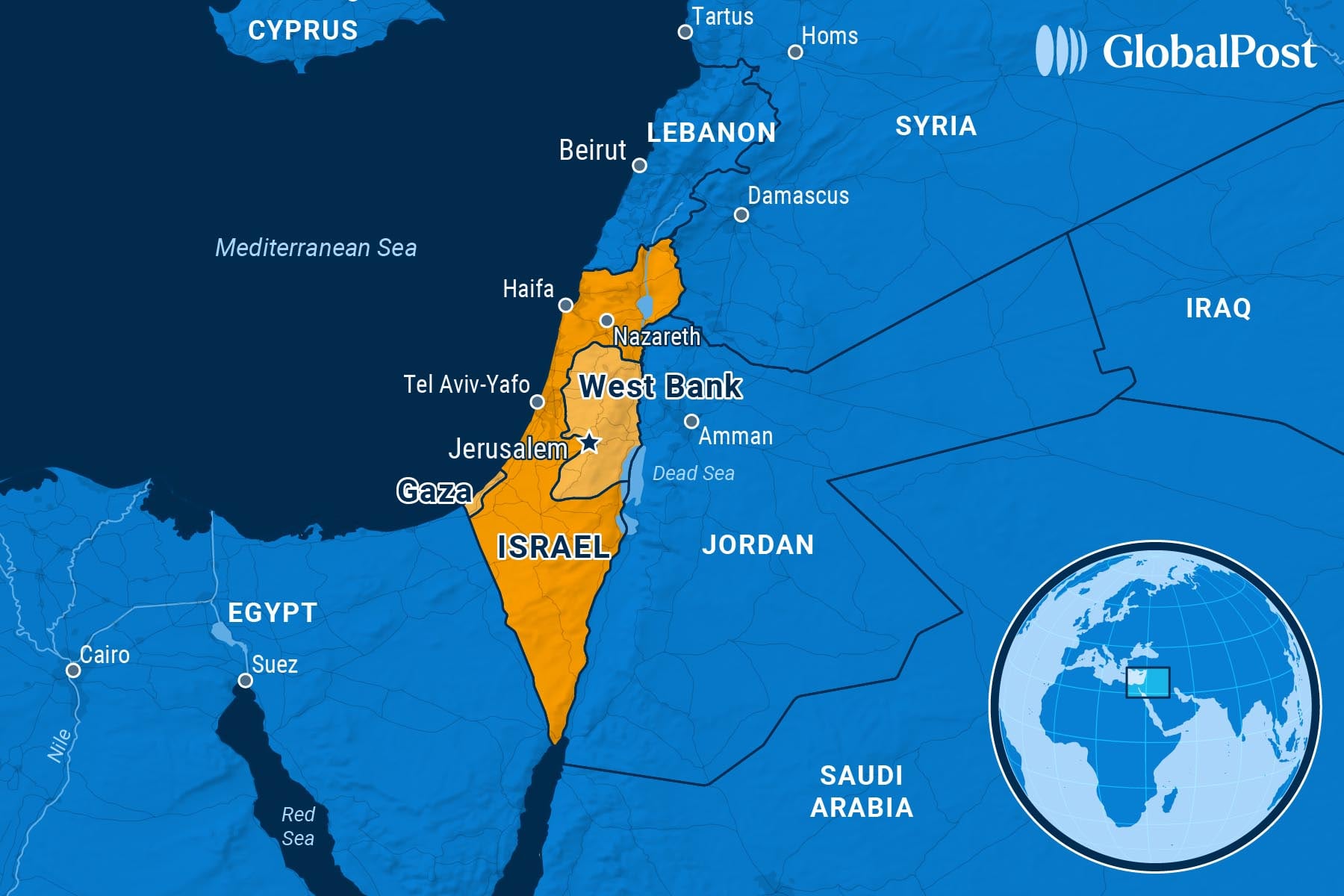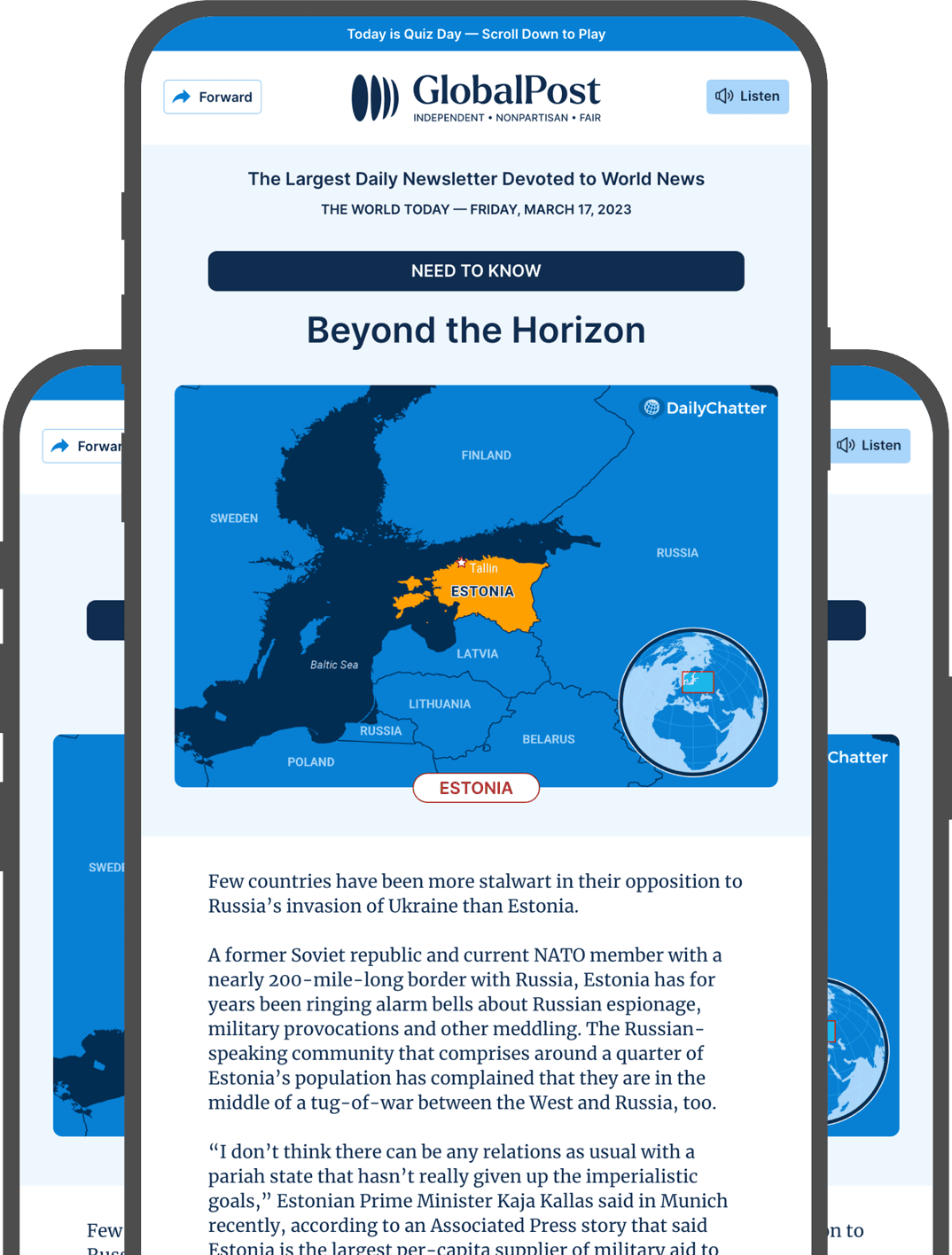A New Peace Plan For Gaza Leaves Some Hopeful, Some Skeptical, and Most Holding Their Breath

The scene at the White House on Sept. 29 had all the trappings of a diplomatic breakthrough: US President Donald Trump and Israeli Prime Minister Benjamin Netanyahu stood together, triumphantly unveiling a new and sweeping 20-point plan to end nearly two years of war in Gaza.
But beyond the accolades for the new plan from world leaders about “a new day” lies a far messier reality, say analysts, one where political survival, internal divisions, and deep mistrust threaten to unravel the entire framework of a possible peace before it can even begin to be implemented.
“…Trump’s peace plan for Gaza gets the basics mostly right,” wrote the European Council for Foreign Relations. “But gaps in timing, guarantees, and last-minute Israeli amendments risk failure…”
The problem is, while the plan is detailed, it’s vague about what really matters, it added.
The new plan requires the release of all remaining hostages – Israeli officials believe maybe 20 are still alive among the 48 remaining – within 72 hours of the plan’s implementation. In exchange, Israel would free almost 2,000 Palestinian prisoners. Hamas would be required to disarm completely, and governance of Gaza would shift to an interim technocratic Palestinian administration overseen by a “Board of Peace” chaired by Trump, with former British Prime Minister Tony Blair playing a central operational role.
The plan dictates the withdrawal of the Israel Defense Forces, replaced by the International Stabilization Force, made up of officers from Arab countries and others. It also requires aid to be surged in, followed by economic and infrastructure redevelopment.
But what makes this moment different from previous failed attempts to implement peace isn’t the plan itself – it’s the pressure Trump has applied to force Netanyahu and Hamas to agree, say analysts. Attempts by US officials to bring both sides together to make a deal produced little for months. Trump’s patience finally ran out.
Still, Netanyahu managed to insert some crucial changes into the plan at the last minute that may doom it, because it “makes it very difficult for Hamas to accept,” Israeli journalist Anshel Pfeffer told CNN, adding that those changes tilt the plan heavily in Israel’s favor.
For example, that all hostages must be released immediately means “Hamas gives up all its bargaining chips right at the start,” Pfeffer said. Additionally, “Israeli withdrawal from Gaza is gradual, without a clear timetable. And in the last stage of the plan, Israel still remains inside parts of Gaza, along the perimeter and the border with Egypt. For Hamas, that’s a huge issue.”
In Gaza, the reaction to the plan was skeptical. Ismail al-Thawabta, director general of Gaza’s Government Media Office, rejected the proposal outright, writing that “what is called Trump’s plan to stop the war in Gaza does not represent a real, objective or fair solution. Rather, it is an attempt to impose a new guardianship that legitimizes the Israeli occupation and strips our Palestinian people of their national, political, and human rights.”
Still, on Friday, Hamas agreed to the deal but set conditions that could delay it: It said it would release the hostages but demanded a firmer commitment from Israel to withdraw from Gaza and refused to rule out its role in a future unified Palestinian state, which is mentioned in the plan but only vaguely.
Meanwhile, inside Hamas itself, a dangerous split has emerged that could undermine the plan: The BBC reported that the group’s military commander in Gaza, Izz al-Din Haddad, believes the deal was designed to end Hamas regardless of whether the group accepts it, and is therefore prepared to keep fighting Israel. As a result, Hamas’ political leadership abroad may agree to the plan even as its military commanders in Gaza continue to fight.
At the same time, in Israel, Netanyahu faces his own precarious balancing act between his governing coalition, which wants the war to continue, and the majority of the Israeli public, which wants it to end.
Far-right Israeli ministers Bezalel Smotrich and Itamar Ben-Gvir have strongly criticized the plan, with the former saying he will never accept it: Both want Israel to annex Gaza and populate it with Israeli settlers. If either pulls support, Netanyahu’s government collapses.
“My guess is that he’ll try and kill it softly,” Alon Pinkas, a former Israeli diplomat to the US, told Al Jazeera, referring to Netanyahu. “He’ll say we’re studying it carefully, that we have some slight security concerns and a few items to sort out. At the same time, he’ll escalate the war on Gaza…In a few weeks, the reality will have changed, the plan will no longer apply and, he hopes, Trump’s attention will have already moved on.”
On Monday, negotiations are set to begin over the plan in Sharm el-Sheikh, Egypt, with officials from the US, Israel, and Hamas. Some say they are remaining hopeful.
“Peace deals are often a mirage in this region,” wrote commentator David Igniatus in the Washington Post. “Donald Trump first talked about Israeli-Palestinian peace as ‘the deal of the century’…in 2016. That peace is still a long way off, but Trump laid a strong foundation for it with his plan …a real framework…(that could open) a door to something different.”

Subscribe today and GlobalPost will be in your inbox the next weekday morning
Join us today and pay only $46 for an annual subscription, or less than $4 a month for our unique insights into crucial developments on the world stage. It’s by far the best investment you can make to expand your knowledge of the world.
And you get a free two-week trial with no obligation to continue.
